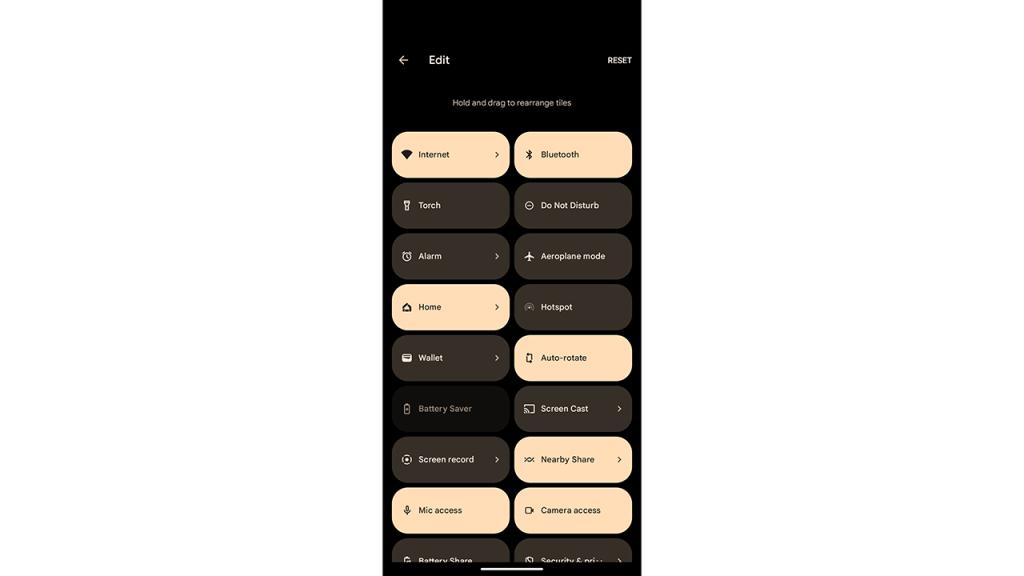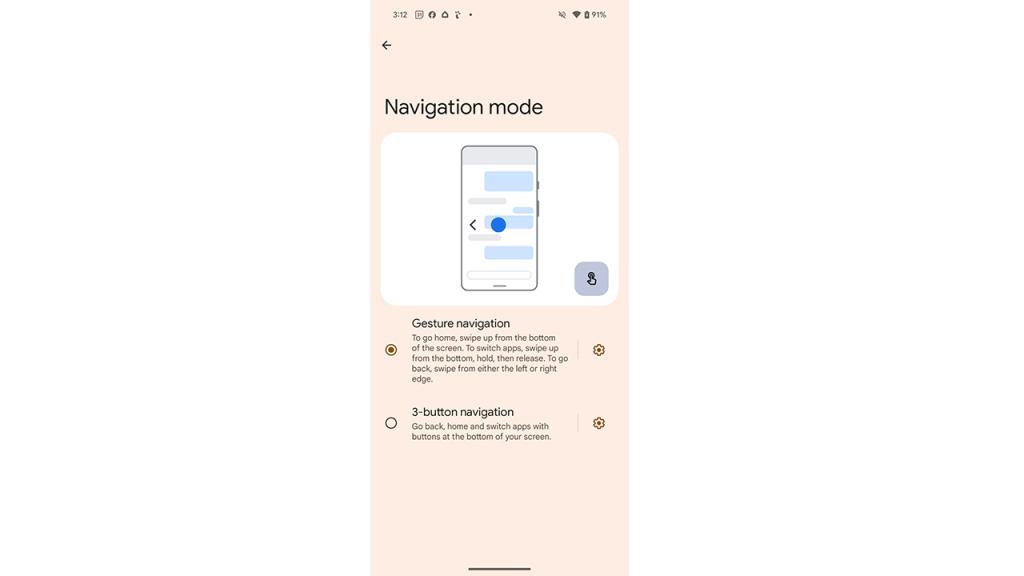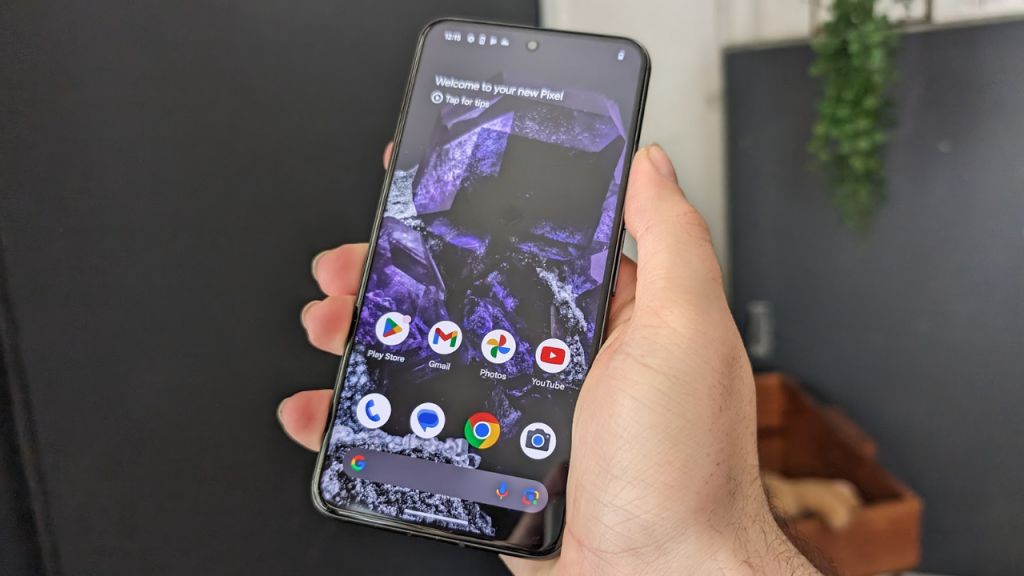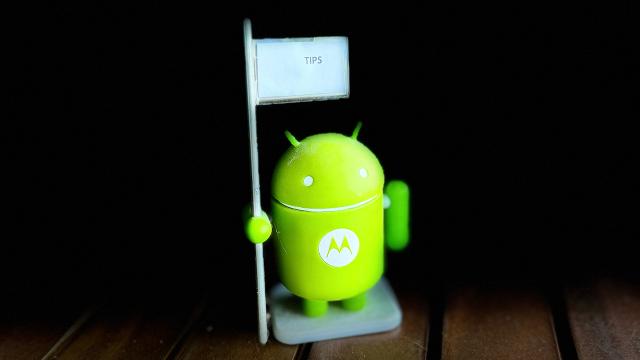Google’s Android OS is a supremely flexible and capable operating system with a lot of hidden depths. Here’s five hidden or not-so-well known tips and features that are part of my everyday Android routine.
So the other day I wrote up five of my favourite iOS tips and tricks, not so much the “hey, did you know it could do THIS” kind of fare, but more the features that I use nearly every day that often amaze people when they see them in action, because not every part of mobile operating systems are always obvious.
As with any computer system, most of this is learned behaviour, not “intuitive” content. Any time anyone says that a given user interface is “intuitive”, they really just mean “I’ve learned it now, so it feels obvious to me”. Intuitive isn’t the right word there.
But not everyone uses an iPhone as their daily driver. Depending on whose sales and usage figures you believe, it’s pretty neck and neck between Apple’s iOS and Google’s Android operating system here in Australia, with about as many Android – mostly Samsungs – as there are iPhones.
It’s a field I’ve covered since the first Android phones launched here in Australia, and since then, there’s been a lot of innovation in the Android OS ecosystem.
Quite a lot, actually, which does bring with it a slight problem in writing up any kind of guide featuring Android tips and tricks. The open nature of Android means that manufacturers can and will modify it to their tastes and style – and that means that a feature that works one way on a given Android place might be in a completely different place on a competing phone, or under a different name, or not there at all.
Some of my favourite Android tips are, thus, sadly ones I can’t include, like Motorola’s fun Moto Actions that let you turn on the light with shaking for example, or some of the very specific features Google throws only into its own Pixel phones.
The following should work across most Android phones. Please don’t throw things at me if they don’t work for your specific Android device, I swear that’s not my fault!
As with the iOS piece, I’m not pretending to be the one true source of wisdom for all things Android.
There are often multiple ways to achieve the same outcome, or alternative apps that can provide functionality that I might not know of.
Equally, some of the below might appear “obvious” to you, because you already know them. That’s cool too – why not share the wealth with other Android users? I can promise you I’ve had to explain the following to more than just a handful of people over the years.
Android Is Anything You Want It To Be

The true beauty and power of Android as an OS, as distinct from Apple’s iOS, is that it’s supremely configurable. Still, what I see far too often is that most users just go stock, leaving the default look of everything the same, leaving the default apps in place – basically taking the plain white toast approach to life all of the time.
Mix it up, because Android not only lets you do that, it encourages you to do so! Don’t use that vendor-supplied browser, switch it to Firefox or Chrome or Brave or anything else. To change the default apps, open Settings, then Apps and then Default Apps. If it ain’t there, simply search for “Default” in your Android phone’s settings app to work out where it’s been dropped. From there you can change out your browser, SMS app, full launcher – even your digital assistant if you prefer, say, Alexa to Google Assistant.
Even if you feel like you’re happy where you are, try experimenting just a little. It’s very easy to switch back, I promise, but you just might find an approach that suits your style, whether it’s the full visual rewrite of a different launcher or just a new messaging app.
Change Your Tiles To The Ones You Actually Use

I can remember being blown away by the simplicity of the notification blind the first time I saw it – bear in mind this was a long time ago, and at the time iOS didn’t have anything similar, so it really was new territory. For most new Android versions, you get a set of big settings buttons when you slide down, typically covering radio functions like Bluetooth and Wifi, maybe Do Not Disturb or similar. It varies a little, but then so do our own needs. Maybe you never disable Bluetooth, but you constantly want to, say, throw it into screen record mode, or enable your hotspot mode, why not switch those settings tiles up to the top.
This is very easy too; slide down the notification blind, hit the edit pencil and then slide around the tiles to wherever you’d like them to be. I find having them based on my everyday uses is best, but make them alphabetical if you like, or by their Scrabble tile scores – whatever you like, it’s your device.
Navigate the way you want to

This isn’t, strictly speaking, an Android tip I use every day – but it is something I’ve had to seemingly endlessly point out to people frustrated with the fact that their Android phone uses gesture navigation rather than virtual buttons… or vice versa.
Gesture Navigation is certainly contentious, but for most Android phones you get the choice, and it’s very easy to switch between the two at will. Again I will say that this might not apply to every single Android phone on the planet (there are thousands) but if you want gestures or multi-button navigation, open up Settings, Navigation (or Navigation mode, or sometimes Gestures as a menu itself) and choose between traditional 3 button navigation or gestures as best suits your personal style and taste.
Space Bar Text Selection

I mentioned in my iOS writeup that one of the simplest tricks that’s far from intuitive was space bar text selection, using a long press on the space bar to bring up a selection cursor to correct mistakes, or for when autocorrect makes a wacky change, or whatever.
It’s a great feature – and Android has its own version of it, albeit with some slight differences. It comes down to the keyboard you have installed, basically. For example, if you’re using the default Google Keyboard, a long press of the space bar will instead bring up the keyboard input switcher – itself handy if you want to change keyboard languages for some multi-lingual purpose – but if you slide your finger across the space bar you’ll instead get a cursor that can move back and forth across your text field for the same effect.
Get The Camera App Open FAST

This is, I will admit, a trick that won’t work for every Android phone. But it’s also the number one feature that I miss like crazy if I’m reviewing an Android phone and it doesn’t feature it or allow for it. It’s double tapping on the power button to rapidly open the camera. I can’t count the number of times a photo opportunity has opened up in front of me and being able to fly into the camera with a double tap of a physical button has saved my journalistic hide.
I used to assume that everyone knew about using the volume keys as shutter buttons too, but again, you know what they say about assumptions, so I’ll reiterate it here: When you’re in the camera app in most situations (because again, Android is so variable), you don’t have to use the screen’s shutter button. The volume buttons make it easier to frame and take the best possible snap.
Bonus Android tip: Reboot early, reboot often
Again, a tip that I apply in equal measure to both Android and iOS devices – and often for tablets, laptops and desktops too – is to try to make time every day to reboot your Android phone.
But why, Alex, I hear you cry? (I have microphones everywhere)
Simply because while it’s easy to think of your Android device as a smartphone, it’s really just a pocket computer. Like any other pocket computer, over time, some apps misbehave, sometimes bugs in the OS creep in, and basically, things start running less optimally than they should. Android has a lot of inbuilt cache and memory clearing tools to try to help with this, and some makes take that even further, sometimes quite aggressively to maximise battery life.
Rebooting each day starts you off afresh, clears anything nasty that might be happening behind the scenes and for most Android phones only eats up a minute or two (if that). If you charge your phone by your bedside, you could even do this as you wake up each morning before you get out of bed.
If you’re an iOS user wondering where your tips are, you’ll find them here.
If you’re a Windows Phone user wondering about your tips, sorry, but your OS went stale back in 2017. How are you even reading this?
